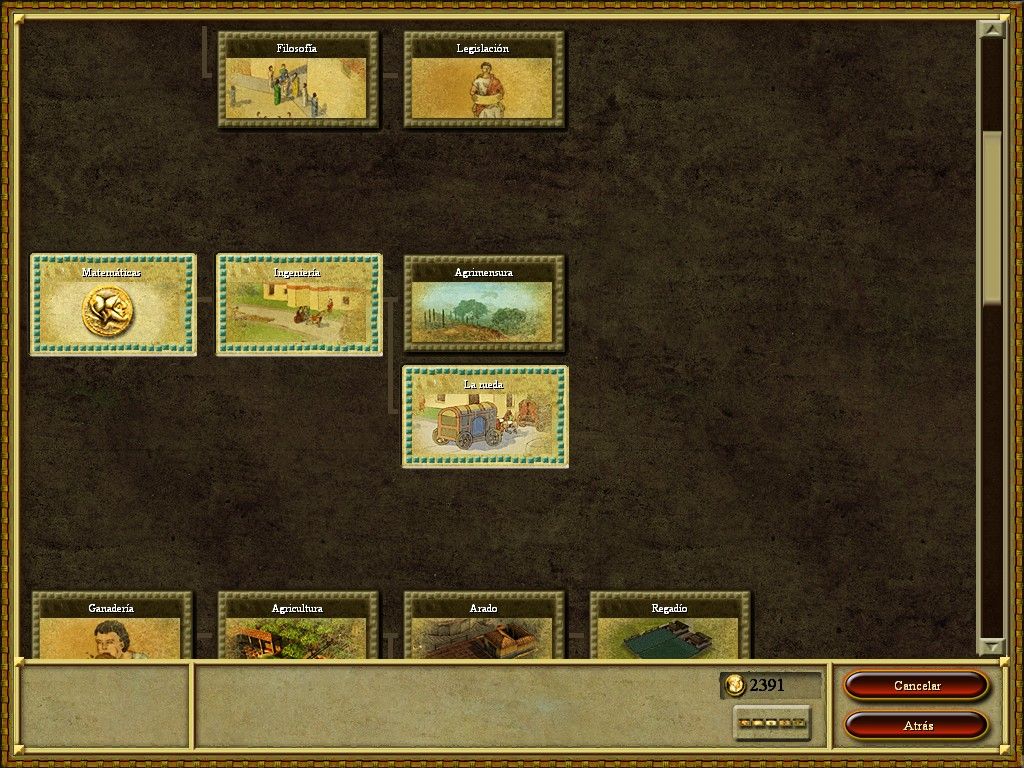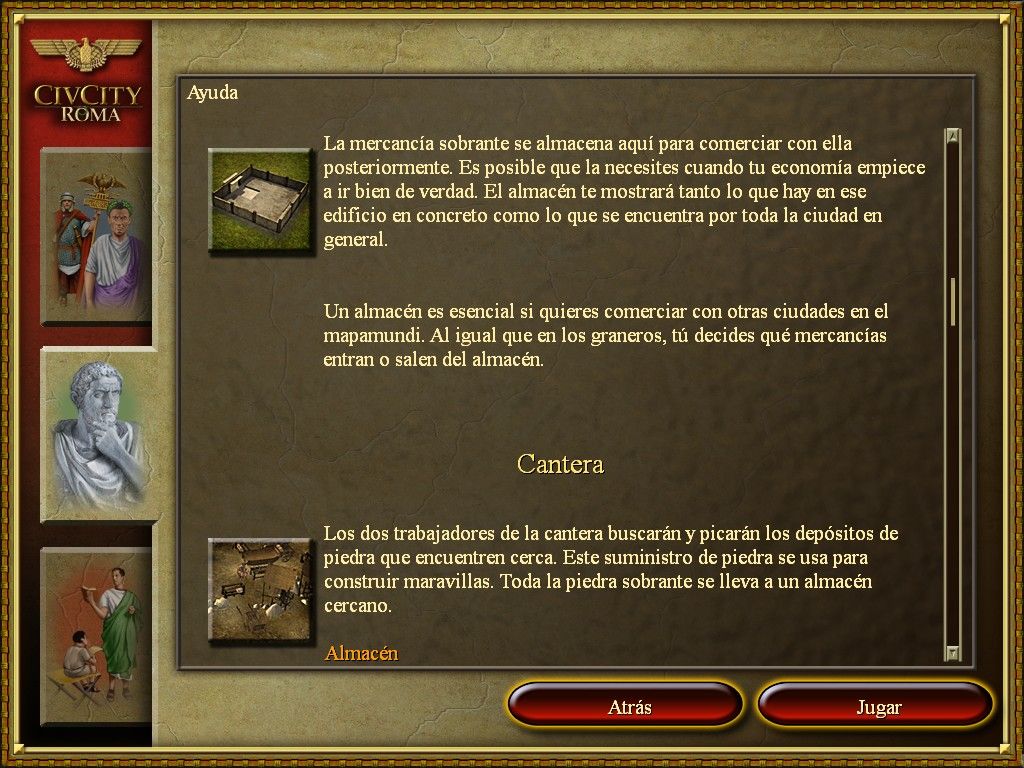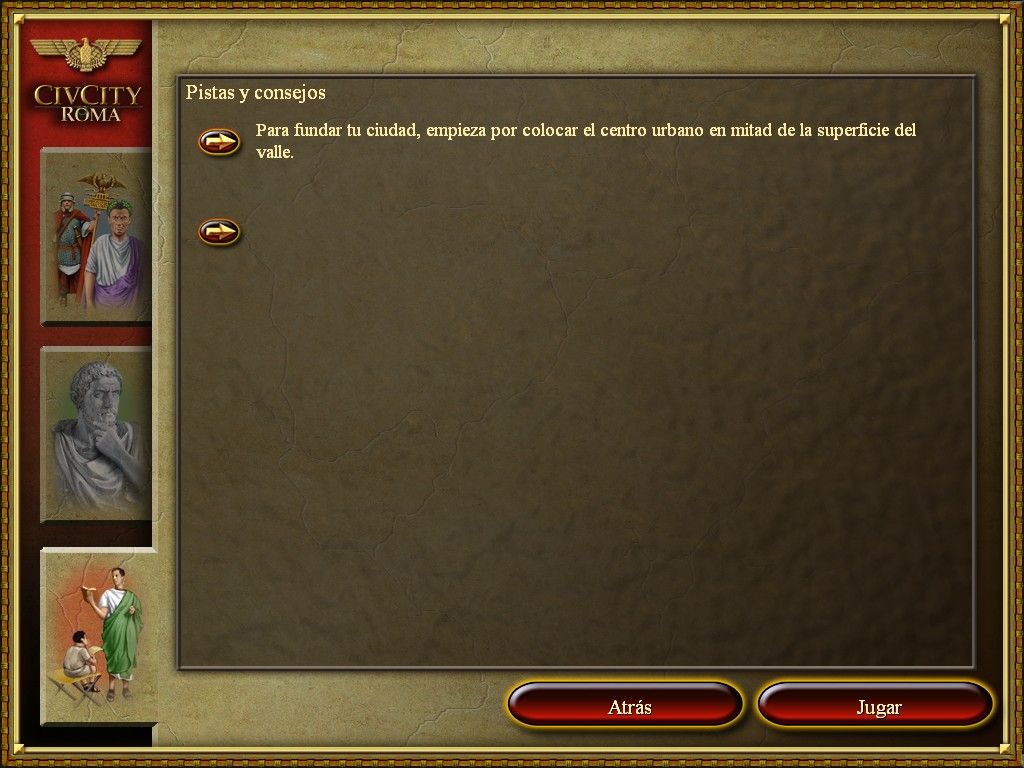Retro Replay Review
Gameplay
CivCity: Rome places you at the heart of the Roman Empire’s expansion, tasking you with constructing and managing thriving settlements. The core gameplay loop revolves around mission objectives—growing specific resources, erecting temples to appease the gods, or achieving population milestones. Each mission feels distinct, offering a new challenge that tests your city-planning prowess. You’ll quickly discover that balancing agriculture, housing, amenities, and defense is key to your city’s longevity.
Beyond resource management, CivCity: Rome introduces a military layer that keeps you on your toes. Enemies will attempt to invade your borders, and you must recruit, train, and deploy legions to safeguard your people. The strategic placement of barracks and fortifications adds tension to the city-building formula, forcing you to switch seamlessly between civic duties and battlefield tactics. This dual focus ensures that no two missions feel alike and that you’re always engaged in shaping Rome’s destiny.
For players seeking even greater replayability, the scenario mode offers self-contained challenges. Defend a beleaguered settlement from the outset, rebuild after a natural disaster, or juggle scarce resources in a frontier province. The included scenario editor empowers creative minds to craft bespoke campaigns, extending the game’s life with community-made content. Whether you follow the main mission tree or dive into custom scenarios, CivCity: Rome delivers a rich and varied gameplay experience.
Graphics
The visual presentation in CivCity: Rome strikes a balance between historical authenticity and accessibility. Buildings are rendered with crisp, colorful textures that pop on the map, enabling players to distinguish houses from farms or temples at a glance. Zooming in reveals even finer details—roofs tiled in terra cotta, aqueducts arching gracefully across your domain, and the civic banners fluttering in the breeze.
One of the standout features is the ability to peer inside residential structures. Watching a Roman family go about daily life—cooking in their atrium, children playing, or elders gathering to discuss politics—adds a charming layer of immersion. This interior glimpse reinforces the notion that your city is more than a network of buildings; it’s a living ecosystem, with each citizen contributing to Rome’s grandeur.
On the battlefield, unit models and animations are smooth and informative, though not hyper-realistic. Soldiers march in formation, siege engines lumber forward, and combat sequences convey the chaos of ancient warfare without overwhelming the city-building interface. The user interface itself is cleanly designed, with informative tooltips and icons that help you monitor production chains, resource stocks, and citizen happiness at a glance.
Story
Rather than a linear narrative, CivCity: Rome offers a tapestry of historical vignettes that unfold through your missions. You may begin by establishing a frontier outpost, then progress to constructing an amphitheatre for gladiatorial games, and ultimately erect the Circus Maximus to host legendary chariot races. Each scenario is framed with brief historical notes, giving context to your objectives and reminding you of Rome’s storied past.
The Civilopedia—a built-in encyclopedia—serves as both a reference and a storytelling device. As you research technologies like toolmaking or irrigation, corresponding entries unlock fascinating tidbits about Roman culture, military tactics, or engineering marvels. This layer of historical detail enriches the gameplay, turning routine tasks into opportunities to learn about the civilization that shaped the ancient world.
Dialogue and mission briefings are concise yet evocative. Governors, military commanders, and local dignitaries deliver their directives with enough flair to keep you invested in each assignment. While the game doesn’t unfold like a cinematic epic, the cumulative effect of these episodic tales conveys a strong sense of progression—from humble village builder to master of an empire spanning continents.
Overall Experience
CivCity: Rome succeeds in blending city-building and strategic combat into a cohesive package that appeals to both simulation enthusiasts and strategy veterans. The mission-driven structure provides clear goals, yet the sandbox elements and scenario editor ensure that creativity and personalization are never sidelined. Whether you’re meticulously optimizing trade routes or marshaling legions against barbarian hordes, there’s always a new challenge around the corner.
The learning curve strikes a comfortable medium: newcomers to the genre can rely on intuitive menus and in-game guidance, while seasoned players will appreciate the depth of resource chains, technology trees, and tactical decision-making. Save for an occasional performance hiccup on older hardware, the technical execution remains solid, allowing you to focus on expansion rather than troubleshooting.
Ultimately, CivCity: Rome delivers an engaging, replayable experience that captures the spirit of Roman civilization without overwhelming you with micromanagement. From bustling marketplaces and elegantly sculpted temples to the roar of the crowd in a packed coliseum, the game creates memorable moments that make it a worthy addition to any city-builder aficionado’s library.
 Retro Replay Retro Replay gaming reviews, news, emulation, geek stuff and more!
Retro Replay Retro Replay gaming reviews, news, emulation, geek stuff and more!









Reviews
There are no reviews yet.